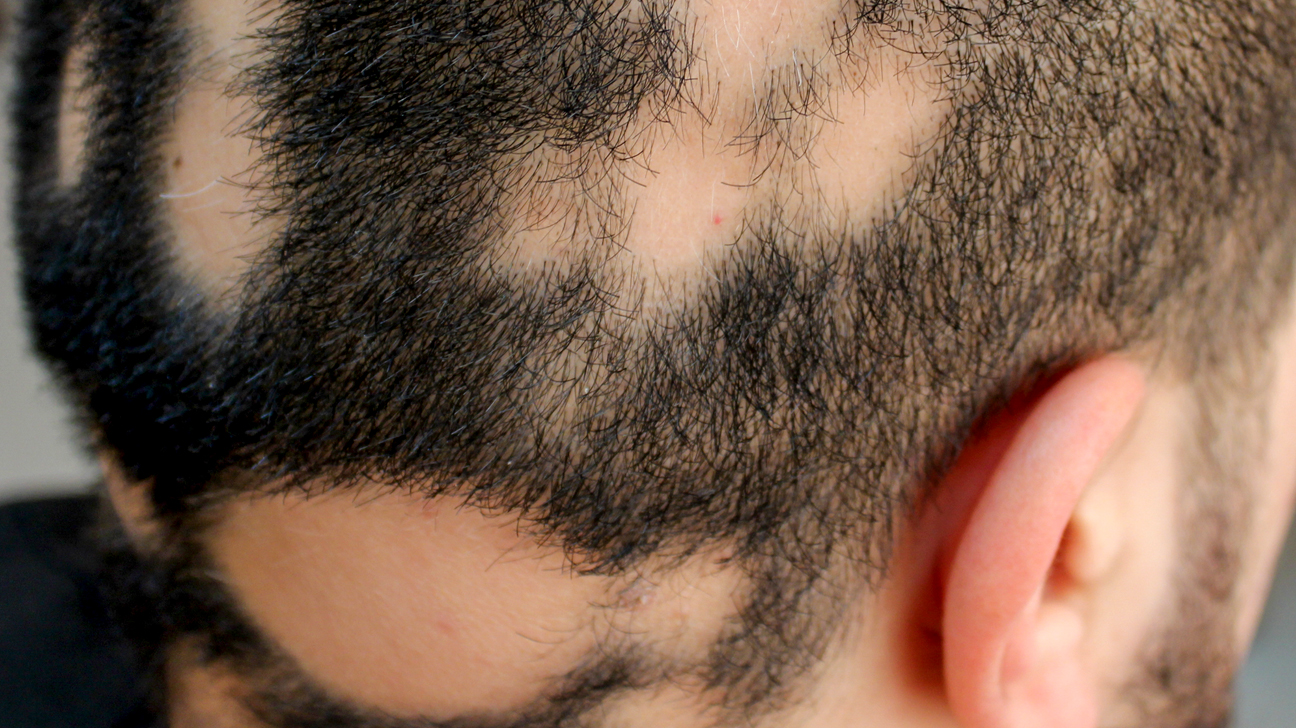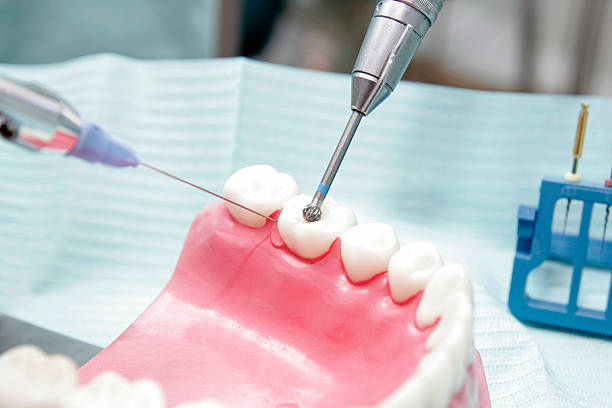OVERVIEW
Alopecia areata is a common autoimmune disorder that causes erratic hair loss. Hair usually falls out in small patches the size of a quarter. Although there may be a few patches, alopecia areata can affect larger areas of the scalp.
Alopecia totalis is diagnosed when there is complete hair loss on the scalp. Alopecia Universalis is a condition in which hair loss occurs throughout the entire body. Alopecia can affect anyone, regardless of age, gender, or race, but the majority of cases appear before the age of 30.
This article examines the causes and symptoms of alopecia areata, as well as its diagnosis and potential treatments.
TYPES
Alopecia areata is classified into three types:
Patchy Alopecia areata
Hair loss occurs in one or more coin-sized patches on the scalp or other parts of the body in this type, which is the most common.
Total alopecia
This type of person loses all or nearly all of the hair on their scalp.
Universal alopecia
This type, which is uncommon, causes complete or nearly complete hair loss on the scalp, face, and rest of the body.
WHO GETS ALOPECIA AREATA
Alopecia areata can affect anyone. It affects both men and women equally, and it affects all racial and ethnic groups. The onset can occur at any age, but most people experience it in their twenties or thirties. It tends to be more extensive and progressive in children under the age of ten.
You may be more likely to get the disease if you have a close family member who has it, but for many people, there is no family history. Many genes have been linked to the disease, implying that genetics play a role in alopecia areata. Many of the genes they discovered are essential for immune system function.
Alopecia areata is more common in people who have autoimmune diseases such as psoriasis, thyroid disease, or vitiligo, as well as those who have allergic conditions such as hay fever.
However, the final thoughts are, it is possible that emotional stress or illness can cause alopecia areata in people who are predisposed to it, but in most cases, there is no obvious cause.
CAUSES
White blood cells attack the cells in hair follicles, causing them to shrink and significantly slow down hair production. It is unknown what causes the immune system to target hair follicles in this manner.
While scientists are unsure why these changes occur, it appears that genetics play a role. Moreover, one in every five people with the disease has a family member who has alopecia areata too. Other research has discovered that many people with a family history of alopecia areata may also have autoimmune disorders, such as atopy, a hyperallergic disorder, thyroiditis, and vitiligo.
Despite popular belief, there is also a little scientific evidence to support the notion that alopecia areata is caused by stress. Extreme stress may trigger the condition, but the most recent research points to a genetic cause.
SYMPTOMS
Patchy hair loss is the most noticeable symptom of alopecia areata. Coin-sized patches of hair fall out, primarily from the scalp. However, any site of hair growth, including the beard and eyelashes, may be affected.
Hair loss can occur at any point of your life. It can happen suddenly, over a few days, or gradually over a few weeks. However, before hair loss, there may be itching or burning in the affected area. Because the hair follicles are not destroyed, hair can regrow if the follicle inflammation subsides. People who have only a few patches of hair loss often recover completely on their own without any treatment.
About 30% of people who develop alopecia areata find that their condition worsens or becomes a continuous cycle of hair loss and regrowth.
Alopecia areata affects roughly half of all patients within a year, but many will have more than one episode. Approximately 10% of people will develop alopecia totalis or alopecia universalis.
Alopecia areata can also affect the fingernails and toes, and these changes are sometimes the first indication that the condition is developing. Nails can undergo a variety of minor changes, including:
pinpoint dents appear
white spots and lines appear
nails become rough
nails lose their shine
nails become thin and split
Additional clinical signs include:
Exclamation mark hairs: This occurs when a few short hairs that get narrower at their bottom and grow in or around the edges of bald spots.
Cadaver hairs: Before reaching the skin surface, hairs break here.
White hair: Areas affected by hair loss are the places where they may grow.
DIAGNOSES
A doctor may be able to diagnose alopecia areata simply by examining your hair loss and a few hair samples under a microscope.
A scalp biopsy may be ordered by your doctor to rule out other causes of hair loss, such as fungal infections like tinea capitis. A scalp biopsy involves a healthcare professional removing a small piece of skin from your scalp for analysis.
If the doctor suspects another autoimmune condition, blood tests may be ordered.
The specific blood test performed is determined by the disorder that the doctor suspects.
A doctor, on the other hand, will almost certainly order tests to check for the presence of one or more abnormal antibodies. If you have these antibodies in your blood, you may have an autoimmune disorder. Additional tests may be ordered based on the results to rule out other conditions, such as thyroid issues or hormonal imbalances.
TREATMENT
There is no cure for alopecia areata at the moment, but doctors can recommend some treatments to help hair regrow more quickly. Corticosteroids, powerful anti-inflammatory drugs that can suppress the immune system, are the most commonly used form of alopecia areata treatment.
These are typically delivered via local injections, topical ointment application, or orally. Minoxidil, Anthralin, SADBE, and DPCP are examples of medications that can be prescribed to either promote hair growth or affect the immune system. While some of these may aid in hair regrowth, they cannot prevent the formation of new bald patches.
Aside from its aesthetic value, the hair also provides some protection against the elements. So, for their protection, you can talk to a doctor online. However, people with alopecia areata who miss their hair’s protective qualities may want to:
If you are going to be out in the sun, wear sunscreen.
Wear wraparound sunglasses to shield your eyes from the sun and debris that your brows and eyelashes would normally protect you from.
To protect the head from the sun or to keep it warm, wear headwear such as hats, wigs, and scarves.
Inside the nose, apply ointment to keep the membranes moist and to protect against organisms that are normally trapped by nostril hair.
Alopecia areata does not directly cause illness and is not contagious. However, Alopecia areata has been compared to vitiligo, an autoimmune skin disease in which the body attacks melanin-producing cells, resulting in white patches.
HOME REMEDIES
Because conventional treatments for alopecia are extremely limited, studies supporting natural treatments for alopecia are even more scarce. Fortunately, you can consult a free online doctor who can suggest a lot of useful remedies. Some people seek alternative treatments such as acupuncture and aromatherapy, although there is not a single evidence to support these practices completely.





